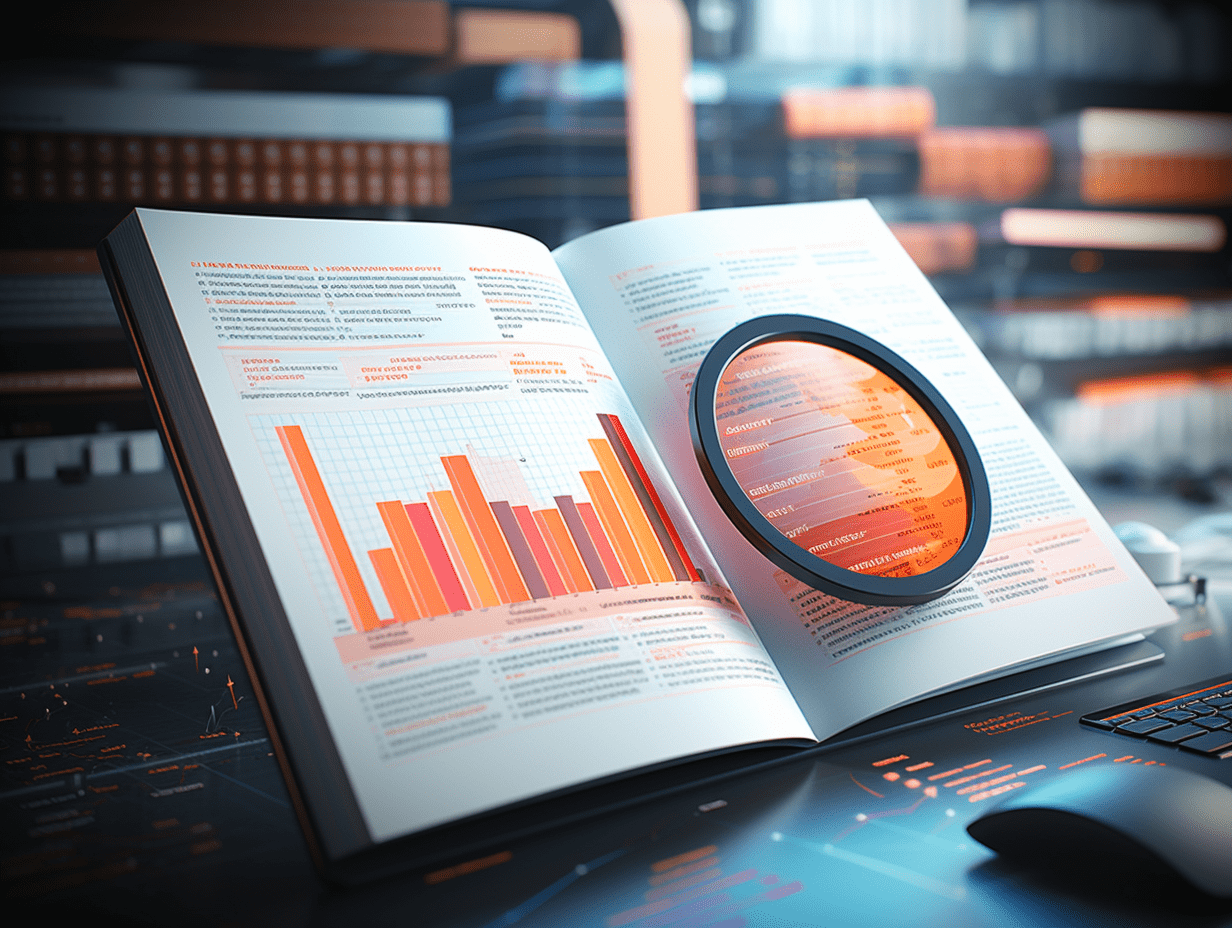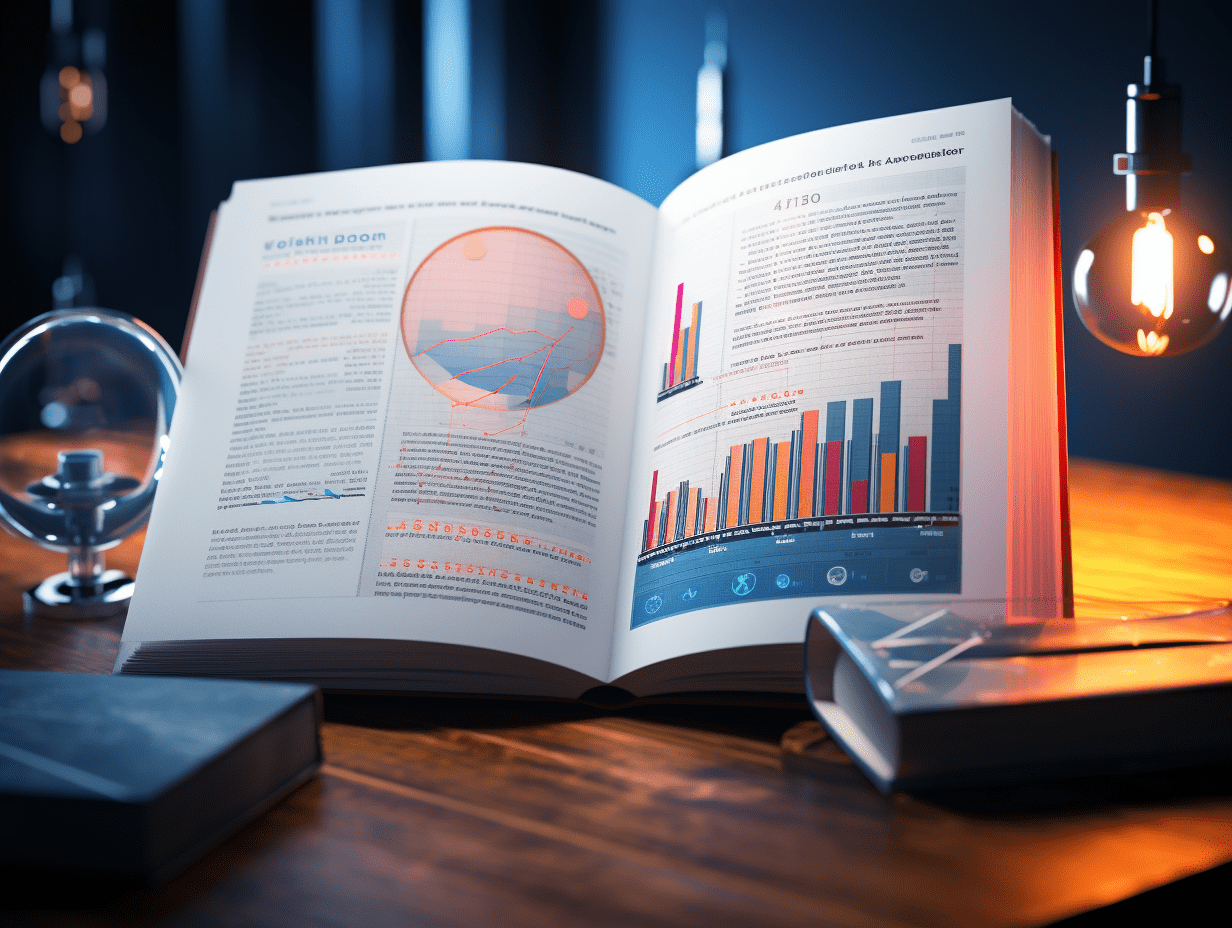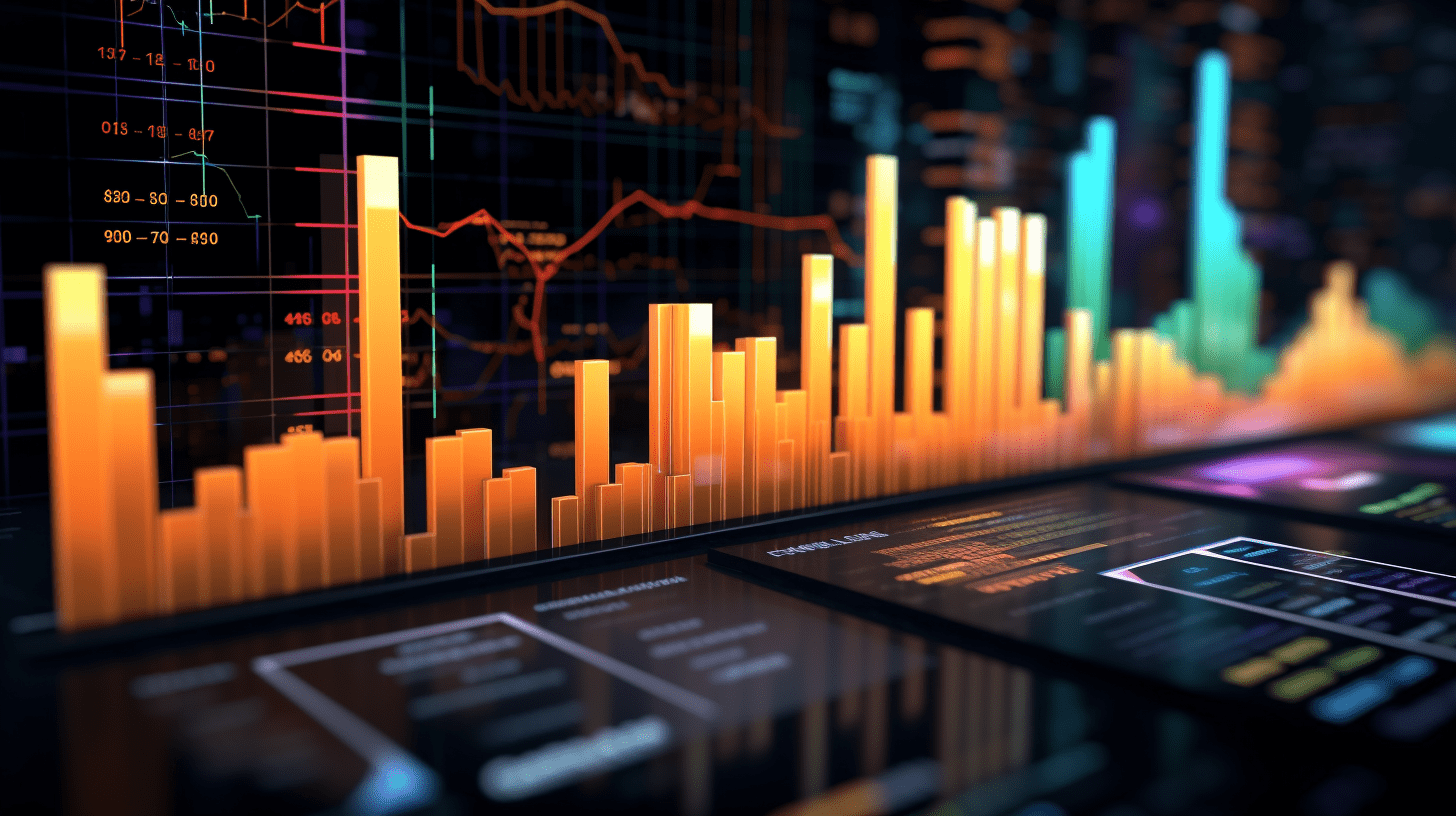"Christmas faith" collides with the haze of the AI bubble, the myth of the rise of the US stock market in December faces a major test.
Since 1945, the S&P 500 index has averaged a 1.5% increase in December. However, investors are showing signs of caution, with demand for hedging against the decline of large tech stocks nearing its highest level since August 2024.
Several weeks ago, under the continuous enthusiasm of global funds for popular AI concept technology stocks, stable corporate profit data, and the consistent strong seasonal trend of the stock market, Wall Street expected the U.S. stock market to experience strong growth again at the end of the year (the so-called "Christmas rally"). However, with the recent fluctuating expectations of a Fed rate cut and the pessimistic discussions surrounding the "AI bubble" affecting investor sentiment, institutional investors on Wall Street are no longer as confident in predicting the upward trend of the U.S. stock market.
Data compiled by CFRA Research shows that since 1945, the S&P 500 index has on average risen by 1.5% in December, second only to November. But even with the significant rebound on Monday, this month the benchmark index is still expected to record a decrease - casting doubt on the entire concept of "seasonal patterns" in the market, especially as traders remain uncertain about the valuations of popular AI-related chip stocks such as Nvidia, Broadcom, and AMD.
Investors have shown signs of remaining cautious, with recent data indicating that demand for options to hedge against the downside risks of large tech stocks like Nvidia and Microsoft is at its highest level since August 2024. Following three consecutive weeks of global stock market volatility triggered by discussions of an AI bubble, the VIX index is currently above the 20-point mark, which is usually seen as a signal of increased selling pressure in the market.
"Seasonal trends have always been investors' friends, but it is important to remember that they are not absolute," said Dan Greenhaus, Chief Economist and Strategist at Solus Alternative Asset Management LP.
As shown in the chart above, traders are actively balancing the strong historical performance of the stock market in December with AI risks. Fed Governor Christopher Waller, who permanently holds the FOMC monetary policy vote, expressed support for a rate cut next month, leading to a 1.5% increase in the S&P 500 index on Monday, closing at 6,705.12 points. However, the benchmark index is still down 2% this month, on track for its first monthly decline since April. According to CFRA Research data, this contrasts sharply with the long-term average 1.5% increase in November.
Ed Yardeni, of Yardeni Research, named after himself, stated that the S&P 500 index is unlikely to reach 7000 points by the end of this year - a figure that is about 4% higher than the current level. The main reason is that some investors are taking profits on their positions in popular AI-related stocks. JC O'Hara, Chief Market Technician at Roth Capital Markets, called on investors to remain cautious in a report last Sunday.
"The uncertainty of AI investment returns and the prevailing upward risk in yields may together limit how much potential upside there is in the market before the end of the year," said Dennis Debusschere, Chief Market Strategist at 22V Research, a large Wall Street investment firm.
Despite a strong historical performance in November and December in the past, investors now face a gloomy outlook: indications from the labor market suggest a significant slowdown in U.S. economic growth, massive investments by U.S. tech giants in AI, and significant internal divisions within the Fed regarding the pace of further rate cuts.
After Fed Governor Waller called for easing policy next month, investors were betting on a 70% probability of a rate cut at the December 9-10 monetary policy meeting. However, he stated that a large amount of delayed economic data to be released after the December meeting could make the decision-making at the January FOMC meeting "more challenging."
Meanwhile, in the investment field linked to AI computing power infrastructure, high valuations, cyclic financing transactions, and rising expectations for future growth are intensifying market fears of a potential bubble burst and a bearish sentiment. Last week, when global AI chip leader Nvidia reported exceptionally strong performance, it led to significant market volatility rather than calming worries about the AI bubble, which is particularly pronounced in the current market sentiment pricing.
Positioning data is sending conflicting signals about what traders can expect for the rest of 2025. Data compiled by Deutsche Bank strategists, including Parag Thatte, showed that an indicator tracking stock exposures turned underweight for the first time since July last week. However, Thatte noted that while there have been recent pullbacks, mega-cap growth and tech stocks are still outperforming regular stocks relative to long-term trend channels, making them vulnerable to shocks."
The overall sentiment for bullishness in the U.S. stock market remains strong
For optimistic investors, history is on their side amidst various tense emotions. Statistics from J.P. Morgan's trading department show that since 1950, whenever the S&P 500 index has risen by at least 10% from the beginning of January to September, but then falls in November - as it is now, December has seen a strong rise every time.
"We remain bullish on the U.S. stock market tactically," said Andrew Tyler, Head of Global Market Intelligence at J.P. Morgan in a report to clients on November 24. He cited resilient U.S. macroeconomic data, positive earnings growth data, and signs of comprehensive trade war easing, adding, "In addition, historical seasonal statistics suggest that the market will rebound."
Wall Street remains very optimistic about the long-term trend of the U.S. stock market - projecting until the end of 2026, Barclays Bank's strategists have significantly raised their target for the S&P 500 index to 7400 points, citing the strong performance driven by AI of mega-cap tech stocks like Nvidia, Microsoft, and Google, as well as improvements in monetary and fiscal environments despite slow economic growth.
Noted stock market strategist Michael Wilson from Morgan Stanley said that the recent sell-off may be nearing an end. In a report released on Monday, the bank stated, "Any further pullback in the short term would be a good opportunity to position for next year's long positions." The institution predicts that the S&P 500 index will rise to 7800 points in the next year, making it one of the most optimistic predictions among Wall Street institutions. This target implies an approximately 18% increase from the current level and indicates that the market will rebound strongly from this correction.
Deutsche Bank's confidence in bullishness goes further, suggesting that profit growth momentum will spread beyond mega-cap tech stocks to more broad sectors, pushing the S&P 500 index to surpass the 8000-point mark by the end of 2026.
The bank's economists expect the acceleration of U.S. economic growth, while its stock strategists predict a 14% increase in EPS for the S&P 500 index to $320 next year. This earnings expectation doesn't just support the year-end target of 8000 points, but also suggests that leading market sectors will expand from large-cap tech stocks to financial and cyclical sectors - as the profits related to AI spread across the entire economy.
Related Articles

Rating agency KBRA warns: Private credit default alert sounded, mid-sized companies may become the eye of the storm.

Wall Street Macro Traders Had Their Strongest Financial Year in 2016: Global Interest Rate Fluctuations Drive Three Major Trading Businesses.

MSCI: Commercial real estate investment in the Asia-Pacific region increased by 25% year-on-year in the third quarter, with a significant rebound in investment confidence.
Rating agency KBRA warns: Private credit default alert sounded, mid-sized companies may become the eye of the storm.

Wall Street Macro Traders Had Their Strongest Financial Year in 2016: Global Interest Rate Fluctuations Drive Three Major Trading Businesses.

MSCI: Commercial real estate investment in the Asia-Pacific region increased by 25% year-on-year in the third quarter, with a significant rebound in investment confidence.

RECOMMEND

Foreign Brands “Take On Chinese Names”: Starbucks And Burger King Change Hands As Chinese Capital’s Localization Scalpel Rewrites Global Rules
25/11/2025

Riding The Momentum Of Gemini 3, “Google Chain” Challenges “Nvidia Chain,” Reshaping The Ai Trading Landscape
25/11/2025

Silver Economy Accelerates As Personal Pension System Marks Three Years — Structural Changes Emerging
25/11/2025


